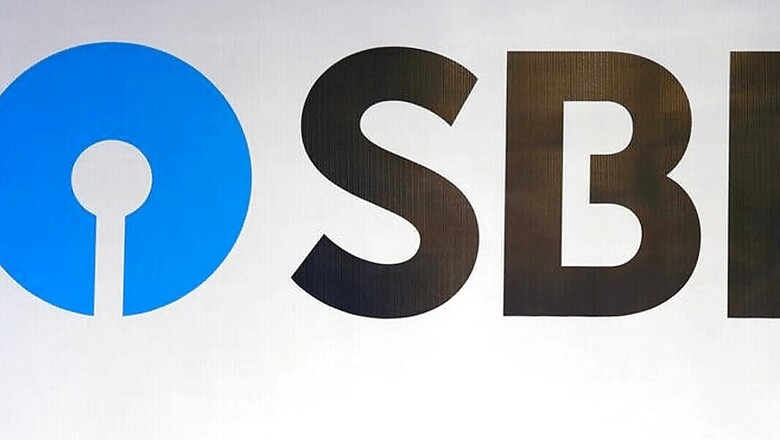
views
The State Bank of India (SBI), India’s largest bank, will now offer lower interest rates on large savings accounts and short-term loans after the monetary policy committee (MPC) of the Reserve Bank of India (RBI) cut benchmark repo rate by 25 basis points to 5.75% on Thursday.
This is because, from 1 May 2019, SBI moved to a new interest rate regime under which it linked its interest rate on savings accounts (with balance above Rs 1 lakh) and short-term loans (like overdraft and cash credit facility) to RBI’s repo rate.
Put simply, interest rates on large SBI savings account deposits and some short-term loans automatically change as and when RBI changes its benchmark policy rate.
Under the new interest rate regime, on savings accounts with deposits above Rs 1 lakh, SBI offers an interest rate that is 275 basis points lower than the repo rate.
Since the repo rate has now changed to 5.75%, interest rates on deposits above Rs 1 lakh will come down to 3% compared with 3.25% earlier.
Account holders with a balance of up to Rs 1 lakh will continue to earn 3.5% interest, as per the current fixed rates. This interest rate may also change, but only if the bank decides. It does not automatically track the movement of repo rate.
Similarly, all cash credit accounts and overdrafts with limits above Rs 1 lakh are also linked to the benchmark policy rate, plus a spread of 225 basis points—amounting to 8% now in the current situation. In addition, SBI will also charge a risk premium “over and above” this floor rate of 8% based on the risk profile of the borrower.
SBI had adopted the new approach as it helped in more efficient transmission of RBI’s policy rates in the banking system. It became the first bank in India to adopt an external benchmark rate to the fixed rates and move away from the common practice of finalising loan interest rates based on marginal cost of funds-based lending rate (MCLR).














Comments
0 comment